
Photo Credit
Catherine Boeckmann
Pawpaw Quick Bread
Ingredients
1-1/3 cups flour
1 teaspoon baking soda
1/4 teaspoon baking powder
½ teaspoon salt
3/4 cup white sugar
1/3 butter (softened)
2 eggs
1/2 tsp of vanilla
1-1/2 to 2 cups pawpaw pulp
1/3 cup warm water
½ cup chopped walnuts (Optional)
What's cooking in The Old Farmer's Store?
More Like This
I lived on Paw Paw Lake in Watervliet MI for many years until I moved to Fox Run Senior Community in Novi MI. We planted three nursery-grown varieties of paw paw saplings and were rewarded with delicious fruit. We had to pick them up as soon as they ripened (overnight), or the wildlife would beat us to it. I miss paw paws deeply as they are never seen in our local supermarkets near Detroit. Paw Paw Lake is 14 miles from Benton Harbor, not near Paw Paw MI.
Taught elem. school music 36 years and this was a staple in our repertoire. Kindergarteners whose birthday happened to be on music day got to be in front as we sang, looking left and right: "Where, oh where is sweet little ____, where, oh where is sweet little ____, where, oh where is sweet little ___?", (pointing) "way down yonder in the pawpaw patch! "(Bend and scoop) "Picking up pawpaws, puttin' em in your pocket "[repeat 2 more times]. Then, "Come on, boys,let's go find her/" or "Girls, let's go find him" with the leader birthday child leading us around the room in her style of movement. Great folk song for youngsters! I have ordered 2 pawpaw saplings to be delivered in Nov - I live in upper Florida, zone 9, and so hope these will make it!
In Jamaica we know something else as paw paws/papayas. It ripens to a yellowish orange color and has a lot of little black seeds.
Actually, there ARE bears in the jungle! At least in the jungles of India, where The Jungle Book takes place. c:
As a child, I remember some words from a song (misspellings on purpose) ... "Pickin up paw paws puttnem in your pocket, pickin up paw paws puttnem in your pocket, pickin up paw paws puttnem in your pocket ... way down yonder in the paw paw patch." I learned this song as a child when living in North Carolina. Anyone remember it ???
I remember that song! I live in NC.
We sang it as children in Southeast MO but sang "puttin em in a basket".
Sweet memories.
Could have been "Puttin em in a basket." It was a very long time ago, but a fond memory still of elementary school and my teachers !
Absolutely remember the song. But I have not heard it in at least 50 years. Thanks!!!!
Glad to hear someone else remembers the song. I often heard my mother talk about paw paws and eating them as a child in Arkansas.
- « Previous
- 1
- 2
- …
- 10
- Next »

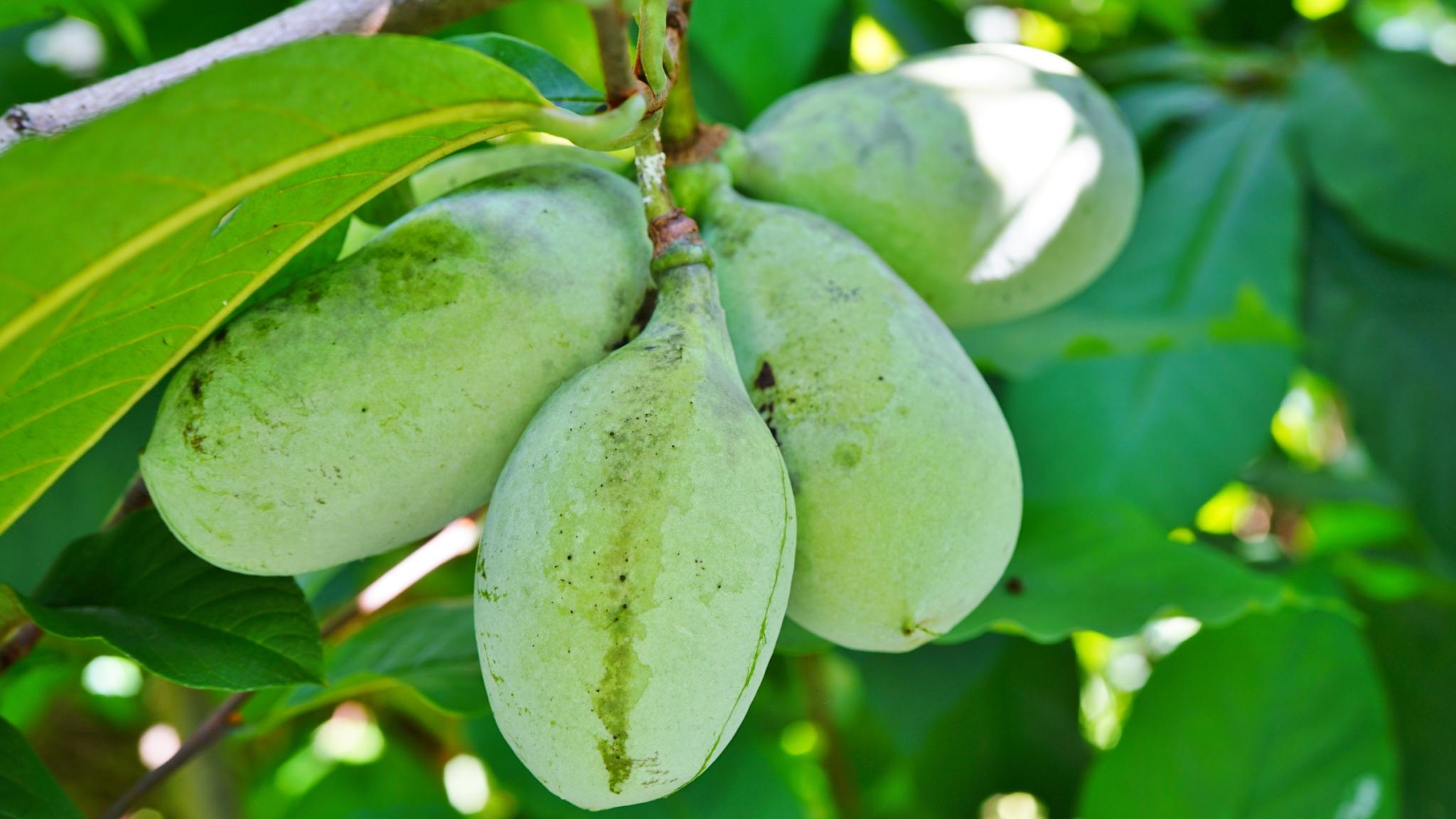
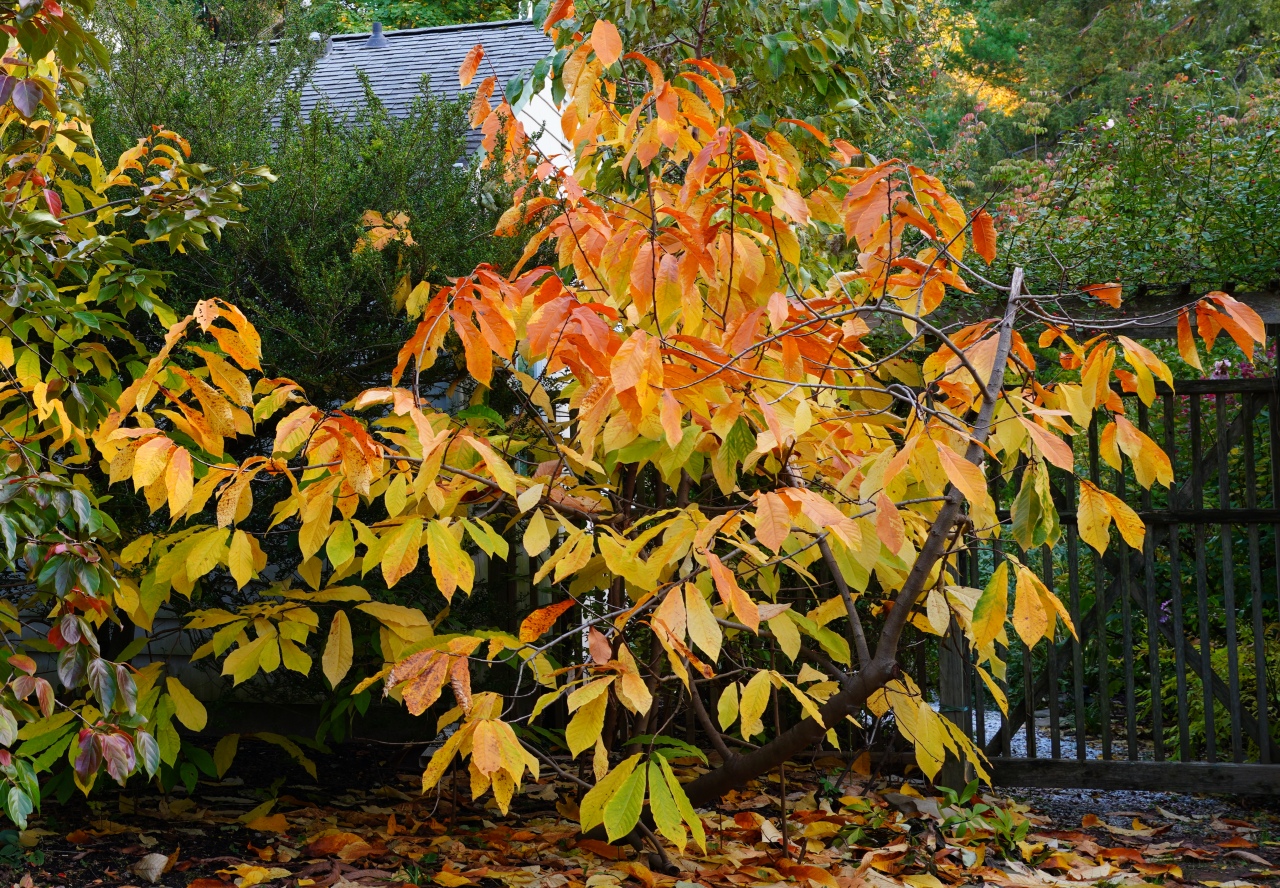
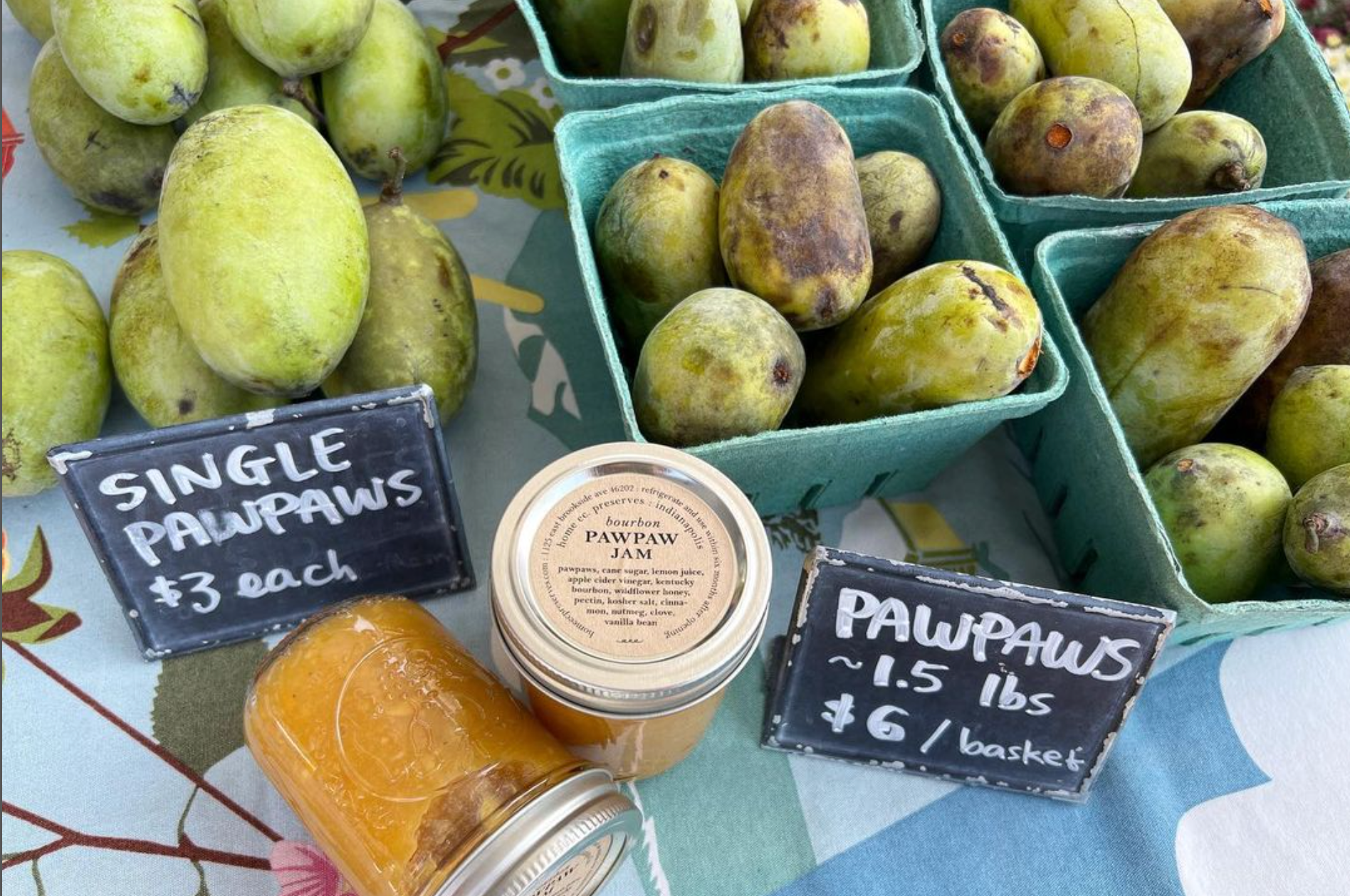


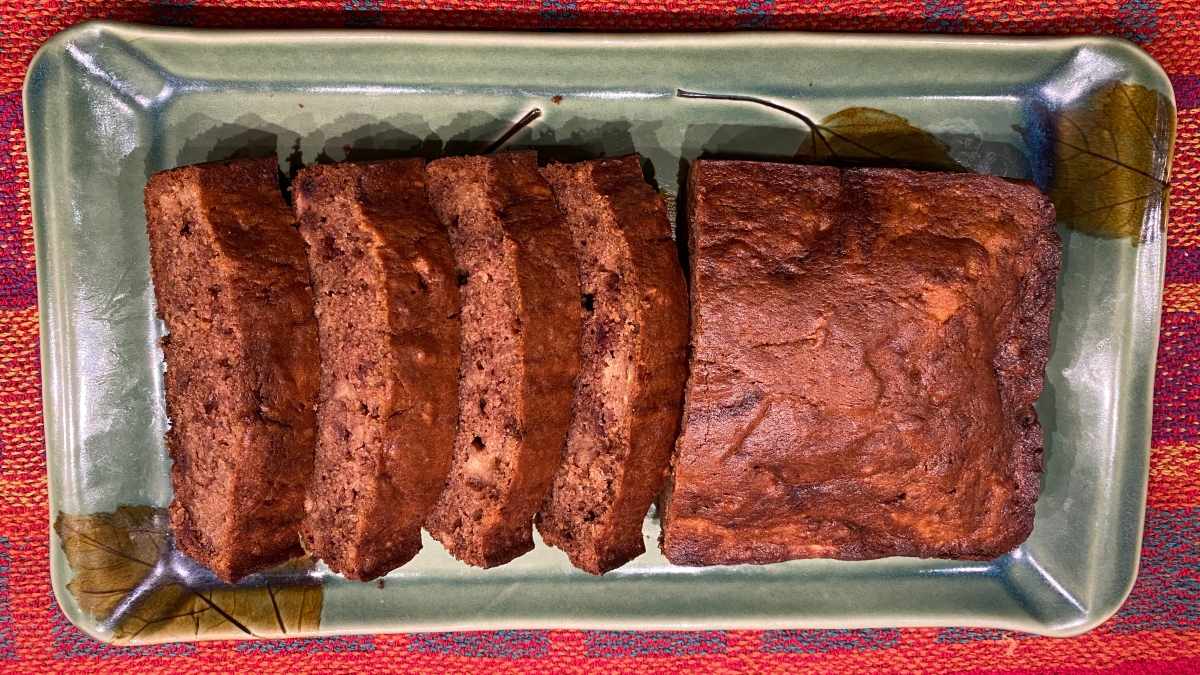


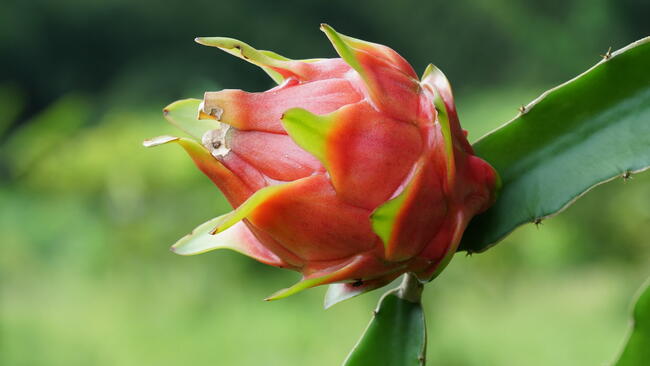










Comments